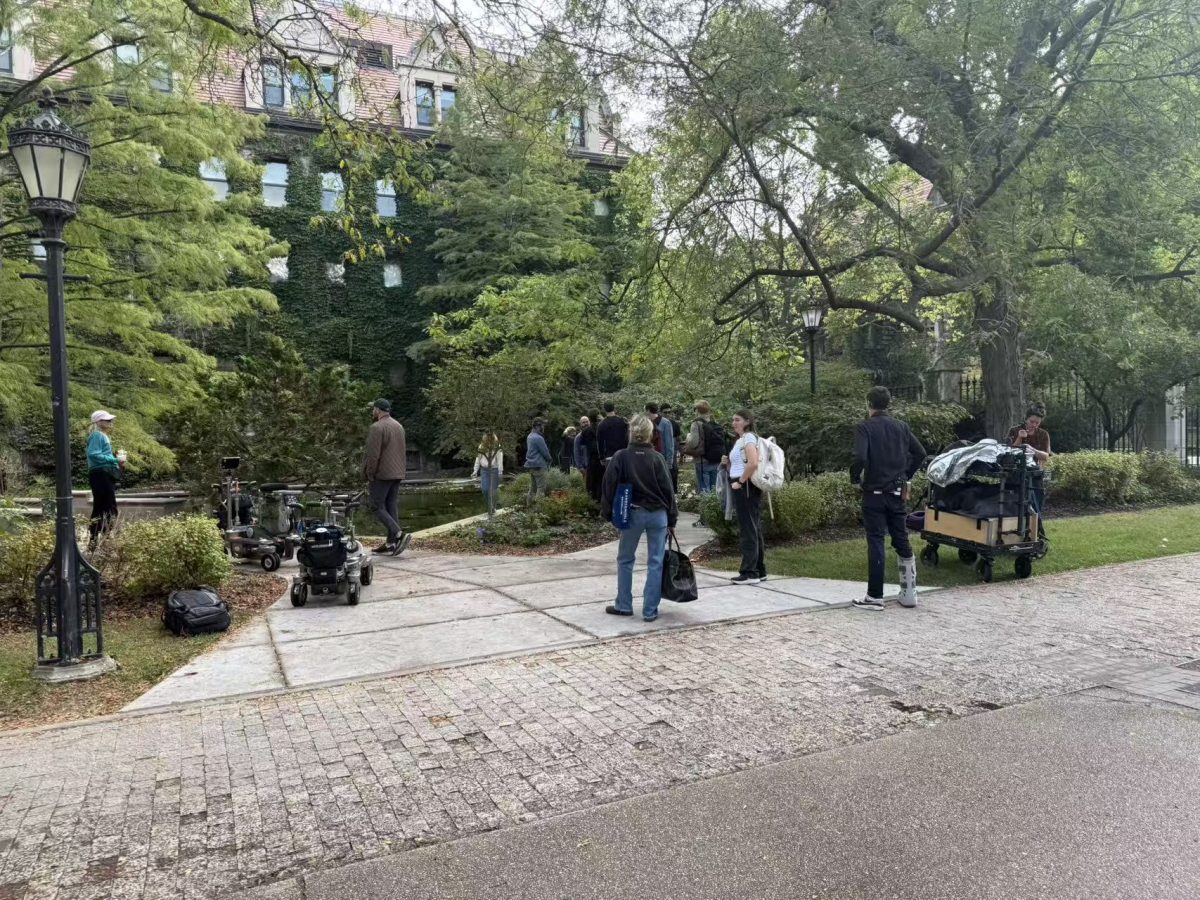In 1942, Enrico Fermi created the first controlled nuclear chain reaction at the Metallurgical Laboratory here on campus. Now, 61 years later, Argonne National Laboratory, the descendent of Fermi’s groundbreaking effort, is scaling back its use of nuclear material in the face of aging facilities and rising costs.
According to Renee Carder, Argonne deputy lab director, the expense of upgrading ventilation, equipment, and fire prevention systems was too prohibitive to maintain the operations at their current scale.
“This decision means we are refocusing on core capabilities that better align with the nuclear need,” Carder said.
Located near Darien, Argonne is operated by the University of Chicago on behalf of the Department of Energy, and is the oldest national laboratory in the nation.
The lab will continue using small amounts of nuclear material, sized less than a gram, officials said in a press release.
According to Carder, the lab will concentrate on its main areas of expertise, such as nuclear fuel cycle design and nanotechnology.
“We will be pulling in our expertise in computer simulation to predict that behavior of next general fuel design tools, for example,” Carder said. “Also, with nanotechnology there are related issues of cladding and structural material development. Our goal is to better link our core capabilities to attack problems from a different angle.”
Carder said that she hopes that through this new approach, Argonne is taking a more visionary step.
“This is the way we were involved in the very beginning of this,” she said. “The creativity and novel ways of thinking about problems are what made us what we are today, so by rethinking our goals we are getting back to those roots in many ways.”
The decision was announced last week, after consultation with the Department of Energy, the Argonne Board of Governors, and the University of Chicago Trustees. In July, Argonne leaders temporarily ceased experimental work on larger quantities of nuclear material after concerns were raised about the safety of the work environment.
Currently, there is a fairly significant amount of material on site, Carder said. In the long-term, Argonne will need to consolidate its facilities and do an inventory of its nuclear material.
“We are looking at a strategy for our nuclear footprint, evaluating the facilities we have on site and deciding whether we want to retain or upgrade facilities for storage and handling,” Carder said.
Argonne also signed a memorandum of understanding with the Savannah River Facilities in South Carolina, allowing Argonne personnel to continue their nuclear research there.
Steve McGregor, manager of media relations at Argonne, said in an e-mail that the lab will maintain its reputation for ground-breaking nuclear research.
“Argonne will continue to play a major role in the nuclear field—in reactor design, simulations, and fuel recycling,” McGregor said. “The nation’s energy priorities have changed and to solve the nation’s biggest problems we must focus on our core competencies of long-term science-based research and development.”








